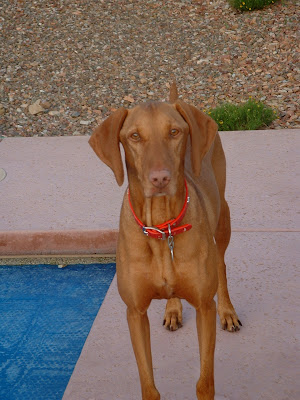Day Five: Light
Like yesterday, today was a big day. I ventured off from the directions in the self-guided book, in part because I am using a different image of Jesus than the book uses. And the icon I brought with me uses different colors and shading, which I tried to emulate. After working for a few hours I went to check on Tokki, who was back in his crated. So I locked the door and went for a walk.
Today I walked southeast, heading to the Huron Mountain Bakery, about 25 minutes away. I followed the path along the lake, it was a new route for me, past the iron ore storage bins which were used to collect ore from ships up until 1971. That’s it on the left side of this photo. It’s huge and unsightly, although historic.
The Huron Mountain Bakery was busy with holiday shoppers, all masked and keeping distance. I bought a turkey sandwich on a croissant with avocado and sun dried tomatoes. I also picked up some molasses cookies and a chocolate chip muffin. Then I walked back. It was warm in the almost noonday sun. By the time I returned to the apartment I had walked 8000 steps. I opened the crate so Tokki could come out. For lunch I had half of the sandwich and an iced tea. Then I worked on the icon some more.
I took a break a few hours later and found Tokki in his favorite afternoon spot - under one of the beds. It’s as close as he can get to burrowing underground in the heat of mid-day. I cleaned his crate, gave him more fresh hay, and vacuumed the room he’s in. Tokki did not like the vacuum, no surprise there. So after vacuuming I sat with him for a bit and petted him. He ate hay. After a bit I went back to the icon.
A little later I stopped for the day, with the icon now looking like this:
It’s not quite finished, but it’s coming along. I spent the rest of the afternoon listening to podcasts (On Being, Krista Tippet’s interview with Ellen Davis OT professor, theologian, environmentalist). The podcast included poems read by Wendell Berry. I am drawn to the poem, How to be a poet...and these lines:
Breathe with unconditioned breath...
there are no unsacred places
Only sacred places and desecrated places
Accept what comes from silence...
Daily I am struck by the softness of the air here on the shores of Lake Superior. I breath the air in unconditionally, but with total awareness of how glorious it is.
I am pondering the notion of sacred places and desecrated places and the damage we humans have done, are doing, to one another and to the earth.
And lastly, this sabbatical built on solitude is an opportunity for me accept what comes from silence. Although I am listening to a lot of music, I never listen to anything when I walk, except for the birds and the wind, the woosh of car traffic, always listening for a bicyclist coming up from behind.
Day five, the icon moved from darkness into light, as highlights were added. I have been struck by the sun glistening on the water, the color of the sky. In the morning everything is softer, pastels. In the evening the light is sharper, with an edge at the end of the day. I am doing my best to live three dimensional life.
How to Be a Poet
(to remind myself)
i
Make a place to sit down.
Sit down. Be quiet.
You must depend upon
affection, reading, knowledge,
skill—more of each
than you have—inspiration,
work, growing older, patience,
for patience joins time
to eternity. Any readers
who like your poems,
doubt their judgment.
ii
Breathe with unconditional breath
the unconditioned air.
Shun electric wire.
Communicate slowly. Live
a three-dimensioned life;
stay away from screens.
Stay away from anything
that obscures the place it is in.
There are no unsacred places;
there are only sacred places
and desecrated places.
iii
Accept what comes from silence.
Make the best you can of it.
Of the little words that come
out of the silence, like prayers
prayed back to the one who prays,
make a poem that does not disturb
the silence from which it came.
Source: Poetry (Poetry)






Comments